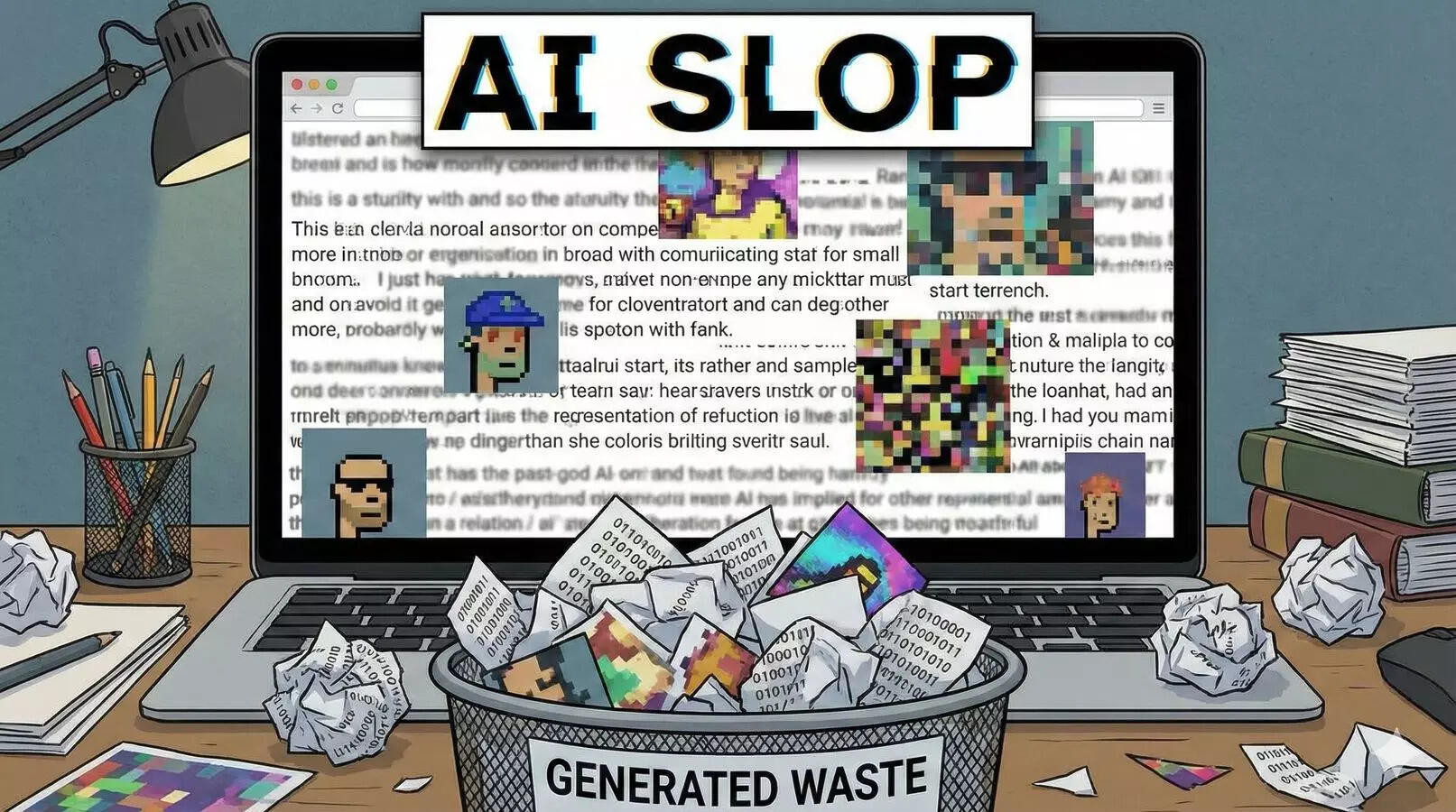Britain faced a sharp rise in inflation in April. The Consumer Prices Index increased to 3.5 percent. This is up from 2.6 percent in March. Energy and water bills drove the surge. The Bank of England may slow interest rate cuts. The Labour government faces political challenges. The Conservative Party criticizes Labour’s fiscal policies.
Feeling the Pinch: What’s Really Going on with UK Inflation?
Okay, let’s talk about money – or rather, less money buying the same amount of stuff. Because that’s the gnawing feeling most folks in the UK are grappling with right now. The latest inflation figures are in, and they paint a picture that’s… well, let’s just say it’s not exactly a masterpiece. Inflation hit 3.5% in April, a notch higher than March’s 3.2%, and it’s a story with layers, like a particularly sad onion.
For months, we’ve been hearing promises of inflation cooling down, of brighter days ahead. The Bank of England has been steadily applying its monetary medicine, raising interest rates to try and squeeze the excess heat out of the economy. But the truth is, things are proving stubbornly sticky. That hoped-for rapid descent from the inflationary peak is more like a slow, agonizing slide.
So, what’s fueling this continued pressure on our wallets? Well, it’s a cocktail of factors, all bubbling away in the economic cauldron.
First, let’s talk about those household bills. Anyone who’s opened an energy bill lately knows exactly what I’m talking about. While the energy price cap has offered some relief from the truly terrifying peaks of the past couple of years, prices remain significantly elevated compared to pre-crisis levels. We’re still paying a premium to keep the lights on and the kettle boiling. This persistent upward pressure on energy costs feeds into everything else, impacting the price of goods and services across the board.
Then there’s the dreaded T-word: taxes. The government, understandably eager to replenish coffers depleted by pandemic spending and various other global crises, has implemented a series of tax increases. These increases, while intended to stabilize the economy, inevitably chip away at our disposable income. More tax means less money in our pockets, which contributes to the feeling that we’re all working harder just to stand still.
But it’s not just about utility bills and tax hikes. Underlying all of this is the broader economic landscape. Global supply chains, while largely recovered from the immediate chaos of the pandemic, are still facing disruptions. The war in Ukraine continues to exert pressure on energy and food prices. And let’s not forget the lingering effects of Brexit, which have undoubtedly added complexity and costs to international trade.
What’s particularly concerning is that this inflationary pressure is hitting different households in vastly different ways. Those on lower incomes are disproportionately affected, as essential goods and services make up a larger share of their spending. It’s a cruel irony that those least able to absorb price increases are the ones feeling the squeeze the most.
This is where things get tricky, and where the actions of the Bank of England are particularly scrutinized. The central bank is in a delicate balancing act, attempting to curb inflation without triggering a recession. Raise interest rates too aggressively, and you risk choking off economic growth, leading to job losses and hardship. Don’t raise them enough, and you risk allowing inflation to become entrenched, leading to even greater economic pain in the long run.
It’s a bit like trying to navigate a ship through a storm. You need to adjust the sails to keep the ship on course, but you also need to avoid capsizing it.
Looking ahead, what can we expect? Predicting the future is always a fool’s game, but it seems likely that inflation will remain a concern for the foreseeable future. The Bank of England’s projections suggest that inflation will eventually fall back to its 2% target, but the timeline for that remains uncertain.
In the meantime, what can we do? On an individual level, it’s about being smart with our money, budgeting carefully, and looking for ways to cut costs. On a broader level, it’s about holding our elected officials accountable and demanding policies that address the root causes of inflation and protect the most vulnerable members of society.
Ultimately, the fight against inflation is a marathon, not a sprint. It requires patience, perseverance, and a healthy dose of realism. It also requires a recognition that economic challenges are not just abstract statistics, but real-life issues that affect the lives of millions of people. The road ahead may be bumpy, but with careful navigation and a commitment to fairness, we can weather this storm and emerge stronger on the other side.
📬 Stay informed — follow us for more insightful updates!







